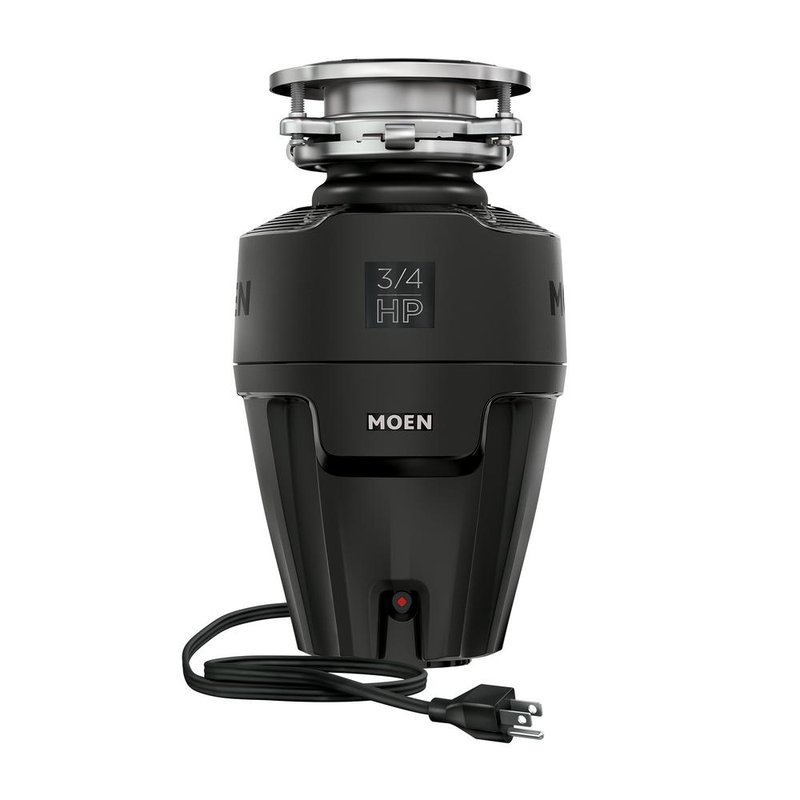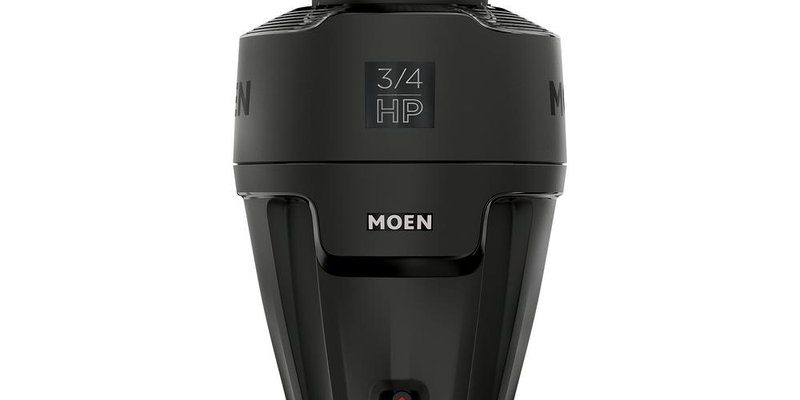
First things first: let’s demystify what this error code F2 actually signifies. In layman’s terms, it’s like a little red flag your disposal throws when something’s amiss in its operations. Think of it as your disposal’s way of saying, “Hey, something isn’t quite right here!” The F2 error often points to an issue such as a blockage or obstruction that’s interrupting its normal functioning. But don’t let this technical talk scare you off—understanding the underlying issue is simpler than you might think!
Understanding the F2 Error Code
The F2 error code on a Moen garbage disposal is essentially an indication that something is wrong with the motor or perhaps the internal mechanisms. Imagine your disposal as a car engine. Just like how low oil levels or a flat tire can hinder your car’s performance, obstructions or motor hiccups can bog down your disposal’s efficiency. The F2 code is a built-in defense mechanism to prevent further damage by alerting you to take action before a minor issue becomes a major headache.
When the F2 code lights up, it’s usually a sign of blockage or jamming within the grinding components. This can happen if overly fibrous food scraps like artichokes or corn husks get caught, or perhaps if a non-food item has accidentally fallen in. Over time, these obstructions can strain the motor, akin to trying to forcefully spin a jammed blender. To keep your disposal’s “engine” purring smoothly, addressing these blockages early can save you time and effort in the long run.
Additionally, it’s important to point out that sometimes an F2 error can be a cry for maintenance. Like your favorite pair of sneakers that need occasional cleaning to stay fresh and functional, your disposal needs regular attention to keep it operating smoothly. A simple reset or manual inspection can sometimes resolve an F2, but let’s delve a little deeper into what these steps involve.
How to Safely Address the F2 Error
You’re probably itching to know how to get things back on track. Fortunately, tackling an F2 error is often a straightforward process. Think of it as a mini “tune-up” session for your disposal. First, always ensure your safety by disconnecting your disposal from its power source—this is like turning off your computer before you open its case. You definitely don’t want any unexpected surprises.
Once you’re safe to proceed, check inside the disposal for any visible blockages. Using a flashlight, carefully examine for foreign objects or food remnants that may have decided to settle in. If you find anything like a stray spoon or a chunk of potato skin, gently remove it with tongs or pliers. Never use your hands to reach inside, no matter how tempting it might be.
After ensuring no visible obstructions, try resetting your disposal. Most Moen models have a red reset button located at the base—like a reset button on a video game console. Pressing it can often clear minor faults and get the system back in sync. If the F2 error persists, it may be time to consult the user manual for further troubleshooting steps or reach out to a professional.
Should You Continue Using it?
Is it safe to keep using your disposal with an F2 error still looming? The short answer: exercise caution. While it might be tempting to ignore that flashing signal, doing so could lead to more significant issues down the line, akin to ignoring the low oil light in your car. Continuing to use the disposal without addressing the error might exacerbate whatever’s wrong, potentially leading to motor burnout or permanent damage.
However, after following the safety and resolution steps, if the error has been cleared and your disposal is running smoothly, you’re likely good to go. The key is vigilance: keep an ear out for unusual noises or performance hitches, and don’t hesitate to repeat the troubleshooting steps if needed. A proactive approach will ensure your disposal remains an asset, not a hassle.
Ultimately, the “safety” of using a disposal with an F2 error boils down to timely intervention. By paying attention to the signs and taking action promptly, you not only extend the life of your disposal but also enhance its reliability. And as with most appliances, a little TLC goes a long way in maintaining performance and avoiding unexpected breakdowns.
Preventative Tips to Avoid Future F2 Errors
Prevention is always better than cure, and your garbage disposal is no exception to this age-old adage. Just like you wouldn’t run a marathon without stretching first, using a disposal requires some prep and care to dodge common pitfalls. To help you keep that F2 error at bay, let’s look at some simple habits and practices.
Firstly, be mindful of what goes down your disposal. Think of it as your kitchen’s digestive system: you wouldn’t feed your body things it can’t process, right? Similarly, avoid putting hard-to-grind items like bones, coffee grounds, and fibrous vegetables into the disposal. These materials are notorious for causing clogs and strains, much like an unwanted traffic jam during rush hour.
Secondly, ensure regular cleaning and maintenance. Using a mixture of baking soda and vinegar can help clean the blades and reduce odor build-up. This mixture works similarly to a natural cleaning solution, breaking down residues and ensuring everything runs smoothly. Run cold water while the disposal is on to keep the motor cooled and to help flush away debris effectively, much like rinsing off soap after washing.
Lastly, consider scheduling regular check-ups for your disposal. Identifying small hiccups before they roll into bigger issues is crucial. If you notice persistent performance issues despite all these efforts, consulting a professional might be a wise move. They can provide insights and solutions that might not be immediately apparent, ensuring your disposal is in tip-top shape.
By incorporating these preventative measures, you’re not just safeguarding your disposal from pesky errors; you’re also enhancing its longevity. Remember, just like a well-maintained car engine ensures a smooth drive, a cared-for garbage disposal promises seamless kitchen operations for years to come.
